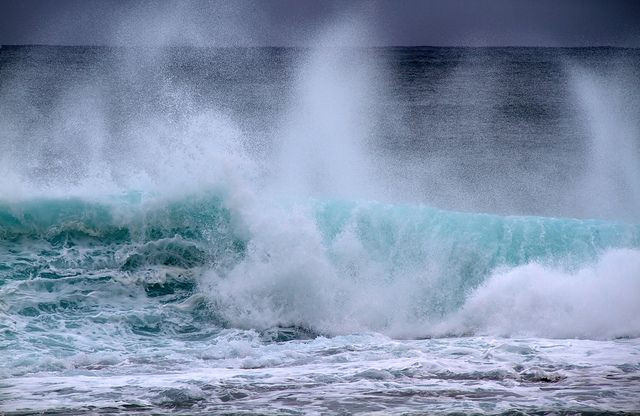Search For Marine Bacteria On The High Seas Finds Compounds Against Antibiotic-Resistant 'Superbugs'

As the battle against antibiotic-resistant bacteria ramps up, it's looking like it’s going to be a long — and creative — one. Researchers at the University of Copenhagen have found a far-fetched source of ammo against the bacteria Staphylococcus aureus — staph — for which many of the 30 strains have become resistant, therefore, being called "superbugs." The source: marine bacteria.
Antibiotic-resistant bacteria have been an increasingly severe threat. Late last year, the Centers for Disease Control and Prevention (CDC) released a report detailing the severity of the problem, labeling methicillin-resistant Staphylococcus aureus (MRSA) as a serious threat. MRSA alone causes over 80,000 severe infections each year, and over 11,000 deaths. There are more people that die from antibiotic-resistant staph than AIDS in the U.S, the researchers said. It’s widespread too, appearing in industrial farms — where antibiotics are used on animals —food, and often in hospitals — hospital infection rates have dropped by 50 percent in the past seven years.
The researchers searched the world, analyzing compounds from marine bacteria during their Galathea 3 expedition. They found one particular compound called Solonamid B, which was isolated from marine bacterium near the Solomon Islands. The team found that Solonamid B provides the body with a three-pronged defense against staph. First, it prevents the formation of toxins in the blood; then, it stops certain toxic proteins from camouflaging and bypassing an immune response. Finally, it blocks a molecular communication system within the staph bacteria, effectively preventing it from coordinating an attack against the host.
“White blood cells in particular are important in this context, because they participate in the fight against invasive bacteria during an infection,” professor Hanne Ingmer, of the Department of Veterinary Disease Biology at the university, said in a press release. “When Solonamid B is added to the bacteria, it reduces their toxin production so only a fifth of the white blood cells die that would otherwise succumb to the staphylococci toxins.”
The researchers’ finding is one of the latest attempts to source new antibiotics. For the most part, the pharmaceutical industry has been able keep these “superbugs” at bay — subsequently preventing the onset of an era where formerly cured diseases reemerge as they become immune to our defenses. But between 1970 and 2000, there were no new antibiotics on the market, the researchers said. Recently, researchers at Tel Aviv University looked at a more broad approach, finding that a protein found in bacterial viruses, known as bacteriophages, could one day be used against a slew of superbugs.
Source: Nielsen A, Mansson M, Bojer M, et al. Solonamide B Inhibits Quorum Sensing and Reduces Staphylococcus aureus Mediated Killing of Human Neutrophils. PLOS One. 2013.
Published by Medicaldaily.com



























